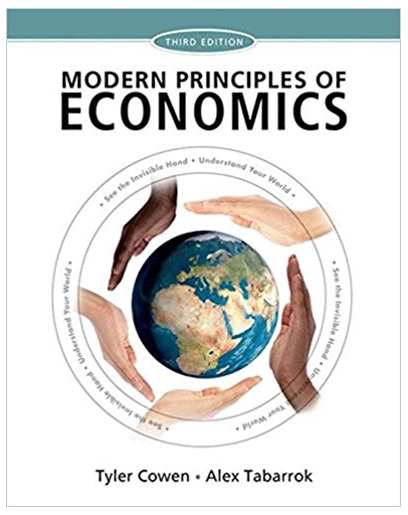Question
Nontraditional macroeconomic policy: financial policy and quantitative easing Interpret the interest rate as the federal funds rate, the pol-icy interest rate of the Federal Reserve.
Nontraditional macroeconomic policy: financial policy and quantitative easing 
Interpret the interest rate as the federal funds rate, the pol-icy interest rate of the Federal Reserve. Assume that there is an unusually high premium added to the federal funds rate when firms borrow to invest.
a). Suppose that the government takes action to improve the solvency of the financial system. If the government's action is successful, and banks become more willing to lend—both to one another and to nonfinancial firms—what is likely to happen to the premium? What will happen to the IS-LM diagram? Can we consider financial policy a kind of macroeconomic policy?
b). Faced with a zero nominal interest rate, suppose the Fed decides to purchase securities directly to facilitate the flow of credit in the financial markets. This policy is called quantitative easing. If quantitative easing is successful, so that it becomes easier for financial and non-financial firms to obtain credit, what is likely to hap-pen to the premium? What effect will this have on the 1S-LM diagram? If quantitative easing has some effect, is it true that the Fed has no policy options to stimulate the economy when the federal funds rate is zero?
Consider again the economy described in Figure 28-12, and suppose that the IS and LM relations are IS: Y = C(Y-T, confidence) + I(Y, confidence, i + premium) + G LM: MIPYL(i)
Step by Step Solution
3.47 Rating (154 Votes )
There are 3 Steps involved in it
Step: 1
a If the governments action is successful and banks become more willing to lendboth to one another a...
Get Instant Access to Expert-Tailored Solutions
See step-by-step solutions with expert insights and AI powered tools for academic success
Step: 2

Step: 3

Ace Your Homework with AI
Get the answers you need in no time with our AI-driven, step-by-step assistance
Get Started


